Mainframes are usually known as large, bulky computers which hold a lot of data.
Aside from that, there is still a lot more that people have to learn about these supercomputers, starting from their functions, advantages, and even some tips to use them properly.
Read on and discover what else is there to know about mainframes in this article.
- Mainframes: Supercomputers Of The Present
- What Is A Mainframe For?
- Mainframes Vs. Servers: What’s The Difference?
- Programming Languages For Mainframes
- Why Use Mainframes?
- Offloading: Keeping Mainframes Fast And Efficient
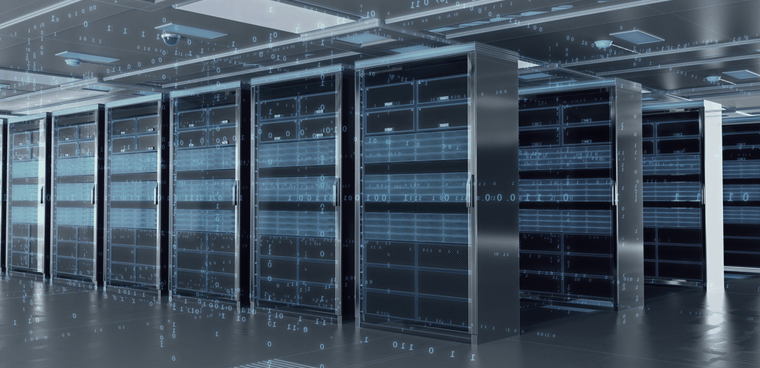
Mainframes: Supercomputers Of The Present
Mainframes are computers that originate way back in the 1950s. When it was first developed, mainframes came in sizes that could be big enough to fill an entire room.
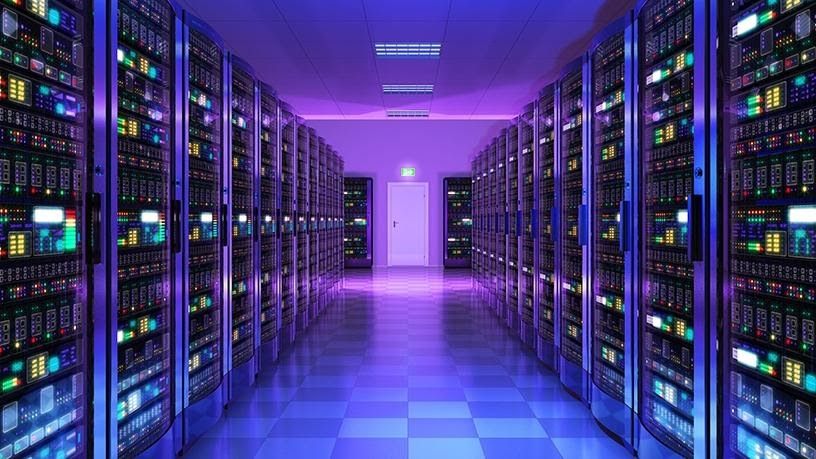
These supercomputers are about the size of a refrigerator, which is larger than the average server and personal computer.
To illustrate the power of this supercomputer, it takes 1,500 x-86 based-servers to equal the computing power of a single mainframe – that is, if you are talking about IBM’s z10 mainframe released in 2008.
If you’re going to be comparing normal computers to more modern mainframes, the numbers will be definitely higher.
Storing Data
If you’ve ever been wondering where all the big data in the entire world is stored, you’ll know the answer now: about 70% of the world’s total data is hosted by mainframes.
Industries such as retail, banking, and insurance, which produce a lot of data, rely on mainframe computers for their daily operations.
What Is A Mainframe For?
To further expand the specific uses of a mainframe computer, this section will discuss the uses and functions of these supercomputers. Mainframes play a crucial role in the daily operations of some of the world’s largest corporations and companies.
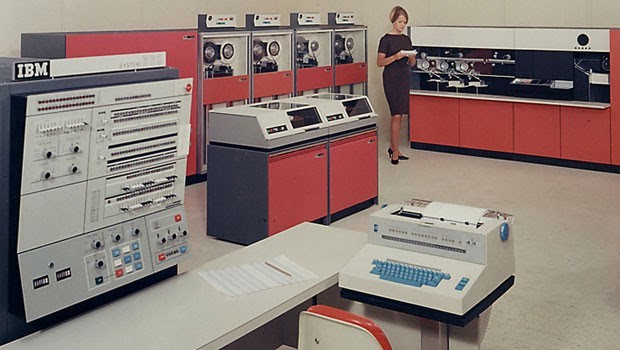
Industries such as insurance, utilities, government, banking, finances, and various public and private enterprises rely on mainframes to carry out their operations. Without mainframes functioning to serve the e-business environment, most operations that society relies on will crumble.
The mainframe is known for its reliability and stability, as seen in years of the world’s reliance on mainframes since the introduction of the first mainframe in the 1950s. No other technological architecture can claim to have the same continuous and revolutionary improvement while maintaining compatibility.
IT organizations mainly use mainframes to host the most critical applications such as customer order processing, inventory control, payroll, financial transactions. Mainframe computers usually perform transactions that can make or break operations.
The Web And Mainframes
Today’s websites use mainframes to store their production databases and manage web traffic. Modern mainframe hardware, coupled with the latest software products, is designed to allow both users and applications to simultaneously and rapidly access data without interfering with each other.
One common transaction which relies on mainframes is the complex web of ATMs and banks. Banks use mainframes to process data submitted from thousands of ATM locations.
This secure, reliable, and scalable feature of mainframes is critical to the secure operation of modern information processing.
Mainframes Vs. Servers: What’s The Difference?
You might think that mainframes and servers are the same things. However, there are differences that set each apart from the other. First, a mainframe handles much more data than a server. Mainframes can handle 2.5 billion transactions a day, whereas a typical server might be able to do 26 million a day.
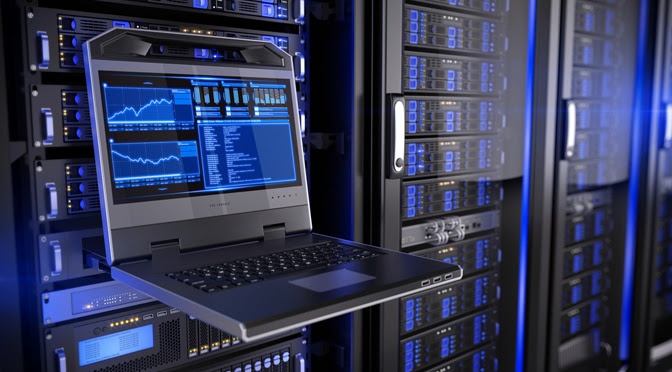
Mainframes also run unique software which can’t be run on commodity servers. But take note that mainframes can handle workloads of commodity servers, whereas commodity servers cannot.
In terms of size, mainframes are much larger than servers. One regular-sized mainframe can fit up to a dozen of commodity servers.
In summary, the mainframes’ biggest difference from servers is that the mainframes can support large amounts of transactions and do some of the work that commodity servers do. The diverse types of overload that mainframes take on make them essential to a wide range of industries.
The Cost Of Mainframes
Given the more extreme capabilities and features of mainframes, it is no wonder that mainframes cost more than servers. A single mainframe can cost you around $75,000, while a good x86 server can cost only around $2,000 to $3,000.
Programming Languages For Mainframes
In addition to the native mainframe operating systems such as z/OS, mainframes can run other operating systems such as Linx and Microsoft. However, this does not apply to all as only certain models of mainframes can run specific mainframe-compatible Windows.
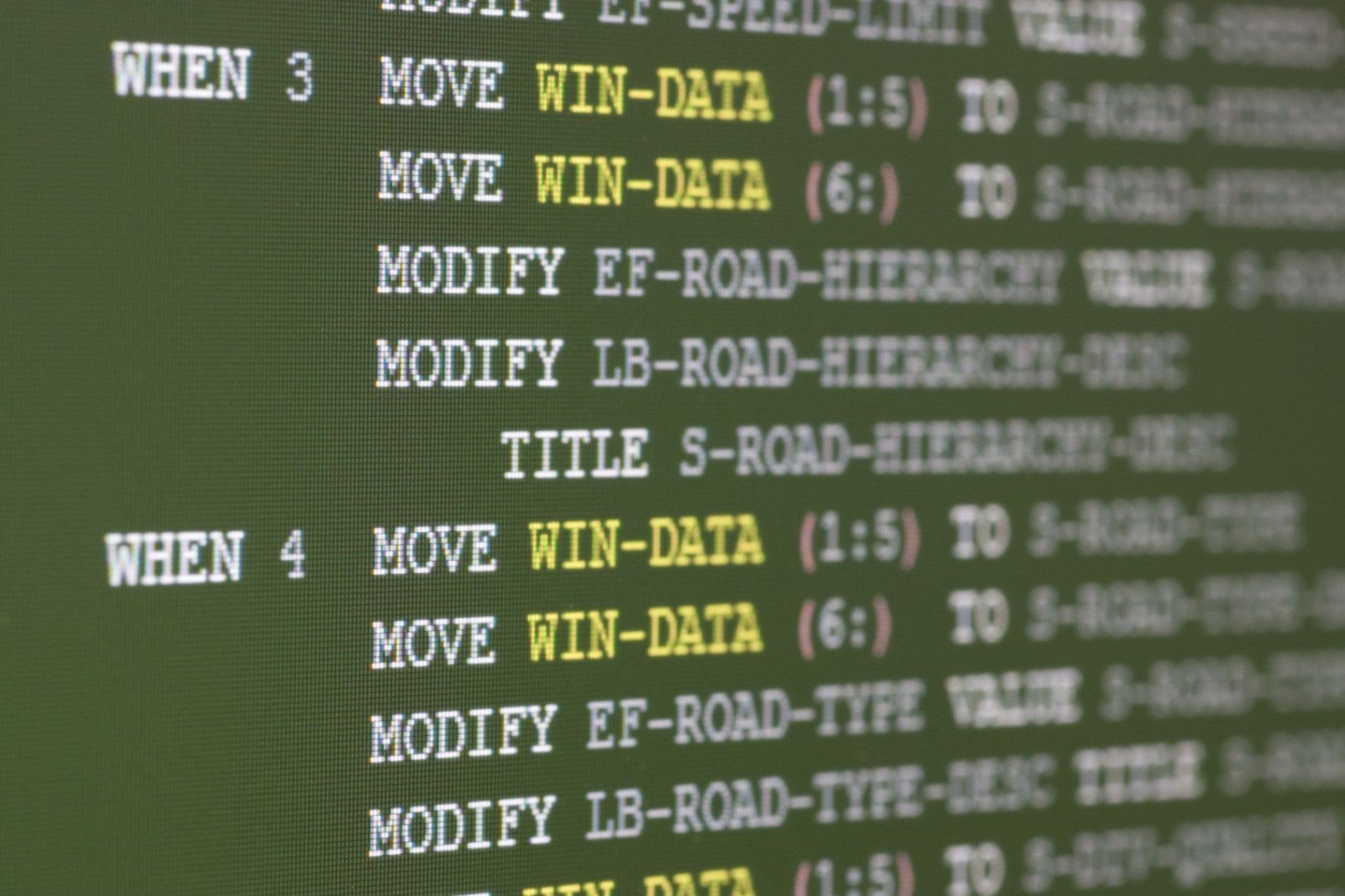
Developers and other technology-savvy people who depend on mainframes for their data find that running Windows can be cost-efficient, especially when mainframes are considered much more efficient than maintaining servers to store your data.
Running Windows on mainframes makes it easier to consolidate one’s entire data center.
COBOL Programming Language
COBOL is the venerable mainframe programming language on which most programs for mainframe computers rely.
However, today’s modern education no longer teaches COBOL language programming – there’s hardly any computer science and information technology courses that integrate COBOL into their curriculum.
But the reality in today’s industries shows that COBOL is still, in fact, highly in demand. And due to the lack of programmers proficient in the COBOL language, businesses which depend on this programming language are willing to pay more for programmers who are proficient in COBOL.
Why Use Mainframes?
Businesses use mainframes to process thousand of large-scale transactions in a second, support many users and applications accessing resources simultaneously, manage large amounts of information in databases, and handle large-bandwidth communication.
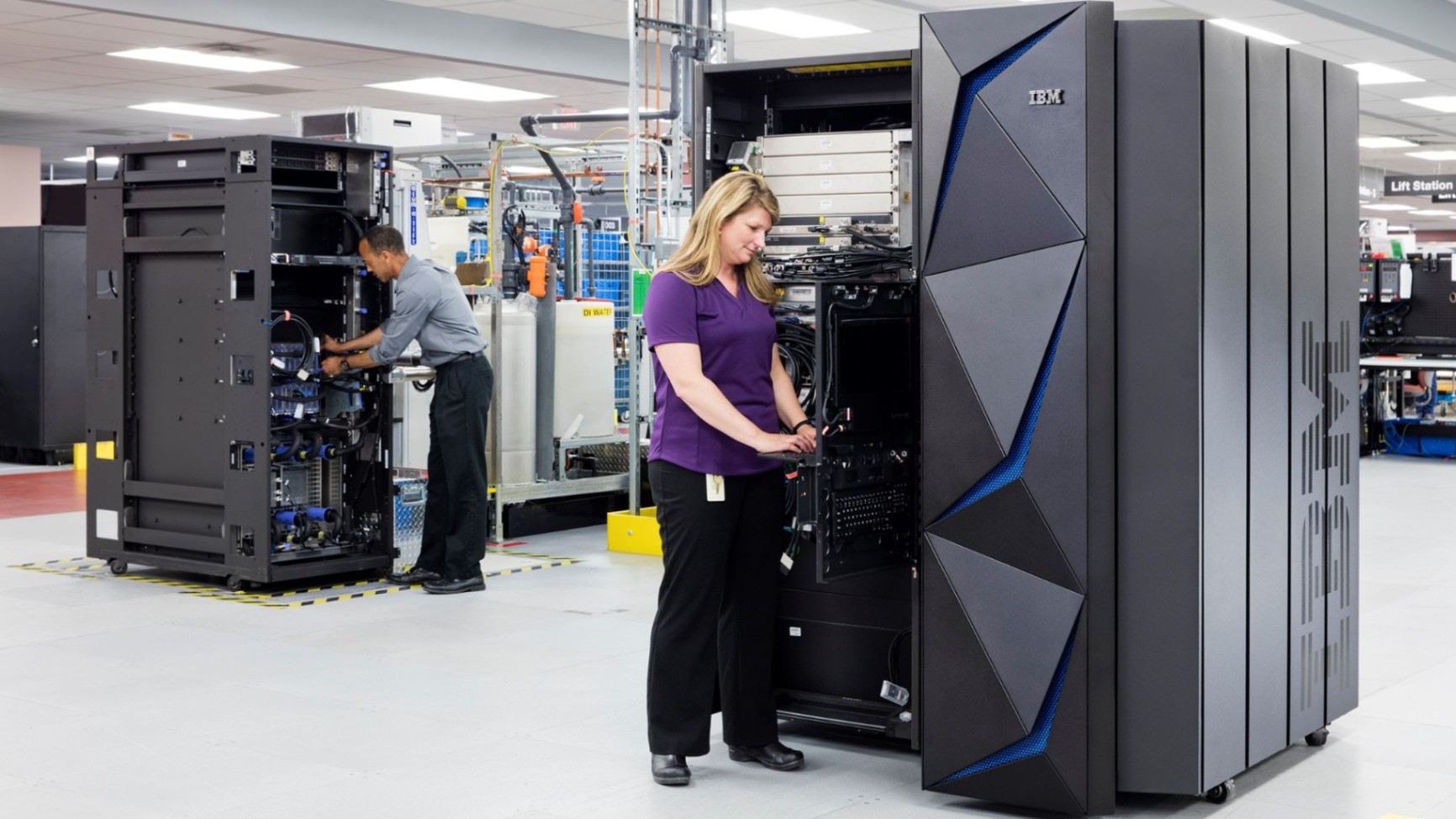
Aside from these uses, mainframes have certain advantages. First is the reliability, availability, and serviceability (RAS) that mainframes have. Mainframes’ RAS means its build prioritizes having a system that is in service at all times. The RAS is a crucial design feature that includes applications.
Moreover, the mainframes’ ability to protect and secure data is also one of the most compelling features why the mainframes remain relevant until this day.
Mainframes can manage and control accounting data, employee information, customer lists, and other transactions while maintaining authorized and automated access for users.
Scalability And Compatibility
The scalability of mainframes, which pertains to the extent to which systems and processes can add capacity without disrupting operations and processes to cater to increased demand, is another reason why mainframes are ideal. Mainframes are scalable and therefore do not require nonproductive processing.
Data written years ago means that they must be opened with compatible applications to process and use that data. This required compatibility among earlier technologies, otherwise known as systems, must be replaced.
Mainframes allow businesses and companies to render data written a long time ago without having to spend more because of its continuing compatibility with older and newer processes, applications, and platforms.
Offloading: Keeping Mainframes Fast And Efficient
While mainframes are certainly powerful computers, they can also tend to get slow and inefficient over time. Fortunately, mechanisms such as offloading, acceleration, and moving more housekeeping chores from the primary CPU can be done to ensure and maintain the speed and power of mainframes.

High-performance accelerators are readily available for the most resource-intensive applications that run on z/OS. These accelerators also upgrade the mainframe environment without breaking the bank.
Tech giant IBM’s approach is to offer specialty engines or spare CPUs that are integrated into the mainframe. These will get activated under different licensing arrangements to handle the specific workloads. Those specific workloads can be offloaded from the primary CPU, freeing space and allowing the primary CPU to accommodate more work faster.
However, specialty engines do not come for free – but these one-time costs are less than the substantial and ongoing licensing fees to which primary CPUs are subject. Because of these, availing of mainframes with specialty mainframes is a viable and more cost-efficient option for businesses.
IBM’s Speciality Engines
In 2004, IBM introduced its first specialty engine called the z Application Assist Processor (zAAP). The zAAP was limited to running only certain XML and Java, while the Integrated Facility for Linux (IFL) processor could only run applications written for Linux.
Later, IBM introduced the z Integrated Information Processor (zIIP). The zIIP was designed to handle Db2 workloads in addition to the Java and XML workloads that were formerly assigned to the zAAP.
Soon, third-party companies designed tools and utilities that were designed to optimize the zIIP’s sophisticated and advanced computing power.
Conclusion
Mainframe computers are indeed sophisticated technologies that have evolved. These timeless computers continue to be one of the foundations of contemporary data processing and computer technologies that enable businesses and corporations to operate daily.
With the fast-paced world of technology, certainly, mainframe computers will only get better over time. Who knows what mainframe computers can do five or ten years from now? It’s up to you to find out and to make the most out of the exciting world of mainframes!